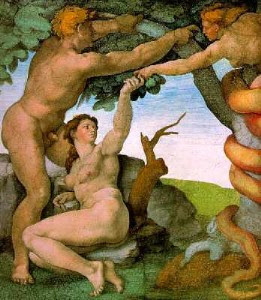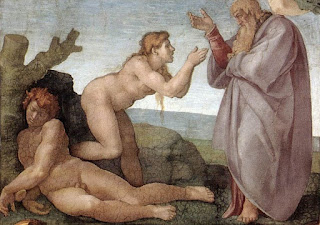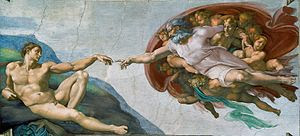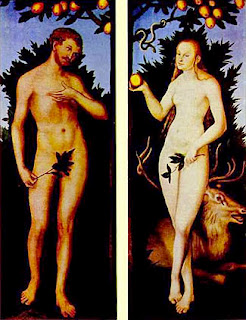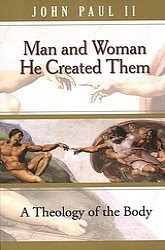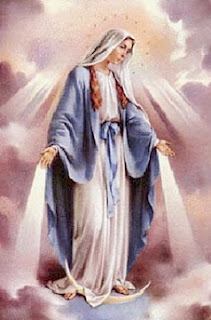The Misfit In “A Good Man is Hard to Find”

In Flannery O’Connor’s short story “A Good Man is Hard to Find,” the Misfit is the embodiment of evil. His chance encounter with a Georgia family culminates in the execution of the grandmother after she reaches out to touch him. O’Connor uses the Misfit to show how grace and salvation are available to both saint and sinner alike. Whether we accept these is another matter. The Misfit exercises his free will to do evil. Instead of sparing an old woman, he brutally murders her. Rejecting the grandmother’s kindness, he chooses violence over virtue – symbolizing our fallen humanity. Despite being a cold-blooded killer the Misfit by his own words has contemplated Jesus’ resurrection and power over death. The Misfit has asked the same questions many Christians pose. His curiosity about Jesus and ultimate rejection of Judeo-Christian morality (that rooted in the natural law and the teachings of Christ), mirror the view of religious skeptics and others for whom religion has little value. I
